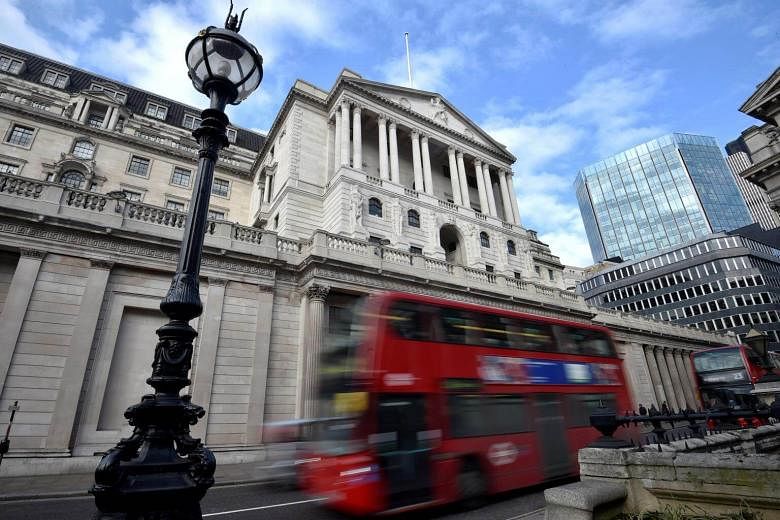LONDON (REUTERS) - British inflation hit its joint highest in more than five years in August as households paid more for fuel and clothing, complicating the Bank of England's job of explaining why it is not raising interest rates.
The fall in the value of the pound since last year's Brexit vote helped push up clothing costs which jumped by 4.6 per cent in annual terms, the biggest rise since the consumer price index was launched in 1997, the Office for National Statistics said.
Consumer prices overall increased by 2.9 per cent compared with a year earlier, the Office for National Statistics said on Tuesday. That took the CPI back to its level hit in May.
The bigger-than-expected resumption of the rise in the index - from 2.6 per cent in June and July - comes ahead of the BoE's next announcement on interest rates on Thursday.
The BoE targets 2 per cent inflation, but most of its policymakers are expected to vote once again to keep rates at their all-time low of 0.25 per cent as Britain prepares for the challenge of leaving the European Union in 2019.
The BoE said last month it expects inflation to reach about 3 per cent in October, much of it due to the fall in the value of the pound since the Brexit vote. However, a recent fall in the value of the pound against the euro is likely to keep pressure on British inflation for longer than the BoE forecast in August.
There were also signs of future price pressure as the costs of raw materials for manufacturers and of goods leaving factories increased slightly, the ONS said.
Retail price inflation - tracked by British inflation-linked government bonds - rose by a higher than expected 3.9 per cent in August, its strongest since January 2012. The ONS said excluding oil prices and other volatile components such as food, core consumer price inflation rose by 2.7 per cent, stronger than economists' expectations of 2.5 per cent.
The ONS said a measure of consumer prices which includes a wider range of housing costs, the CPIH, rose by 2.7 per cent. Factory gate prices rose by an annual 3.4 per cent, the first increase in the rate since February.
Prices paid by factories for materials and energy rose by 7.6 per cent. The ONS said house prices in July rose 5.1 percent in annual terms, the same as in June.
Prices in London alone rose 2.8 per cent, down from increases of more than 10 per cent in the first half of 2016.

